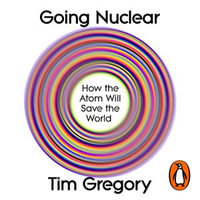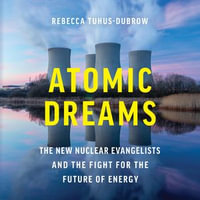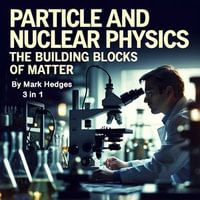Subatomic physics is the branch of physics that studies the fundamental particles and forces that constitute the universe at the smallest scales. It explores the nature of matter and energy at the level of atomic nuclei and beyond, delving into the complex interactions that govern the behavior of elementary particles. The study of subatomic physics emerged from the broader field of nuclear physics, which initially focused on the structure and properties of atomic nuclei. Over time, discoveries of new particles and interactions led to the expansion of the field into what is now known as particle physics.
The foundation of subatomic physics was laid with the discovery of the electron by J.J. Thomson in 1897, which provided the first evidence that atoms were composed of smaller constituent particles. This was followed by the discovery of the proton by Ernest Rutherford in 1917 and the neutron by James Chadwick in 1932, establishing the basic structure of the atomic nucleus. The development of quantum mechanics in the early 20th century provided a theoretical framework for understanding the behavior of these particles, revealing that their properties could only be accurately described through probabilistic wave functions and discrete energy levels.
In the mid-20th century, the discovery of a wide variety of new particles, including mesons, baryons, and leptons, suggested that protons and neutrons themselves were composed of more fundamental constituents. This led to the development of the quark model by Murray Gell-Mann and George Zweig in 1964, which proposed that protons and neutrons are made up of combinations of quarks held together by the strong nuclear force, mediated by gluons. The quark model became a central component of the Standard Model of particle physics, which describes the known elementary particles and the fundamental forces—excluding gravity—that govern their interactions.
























